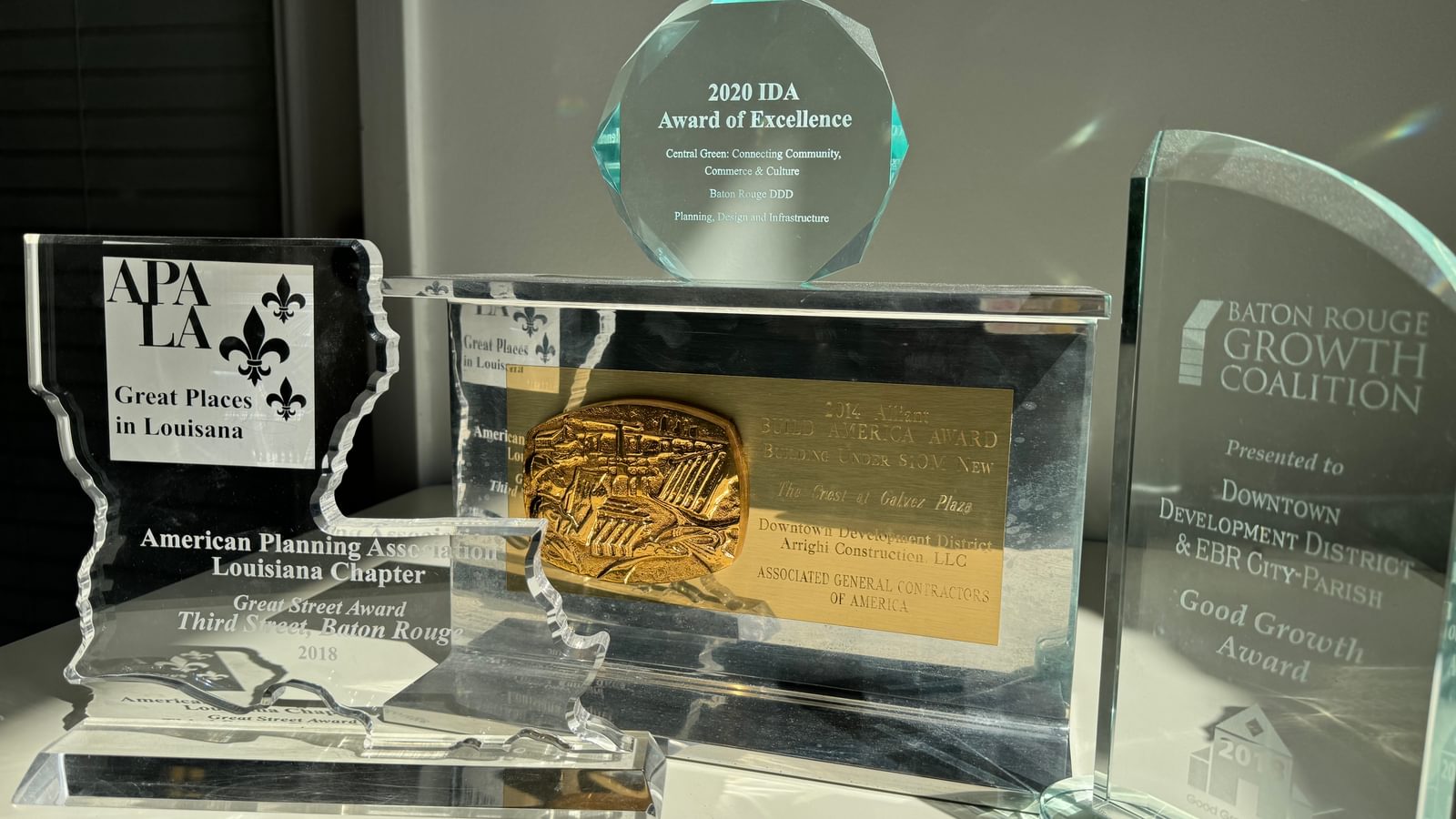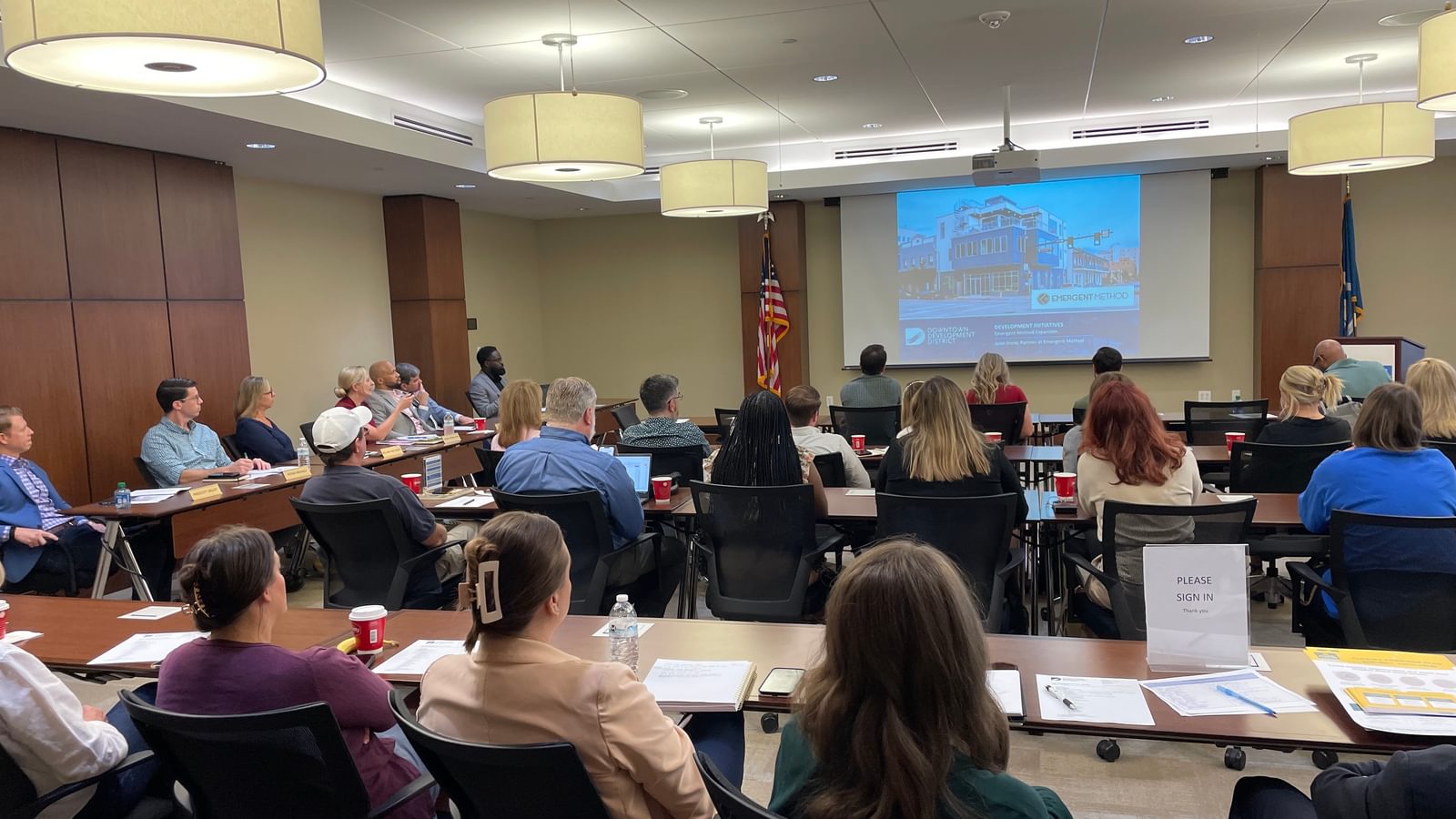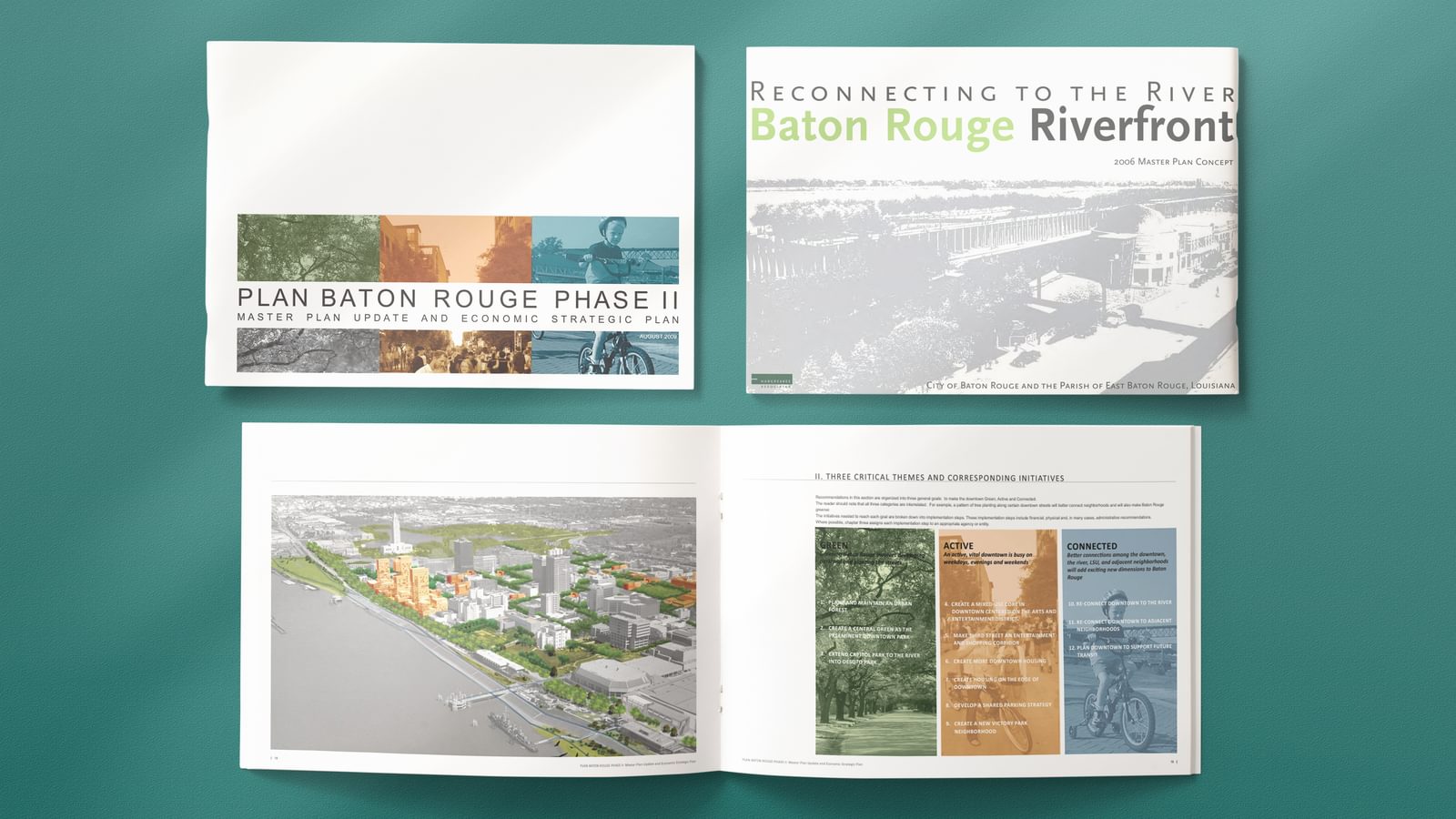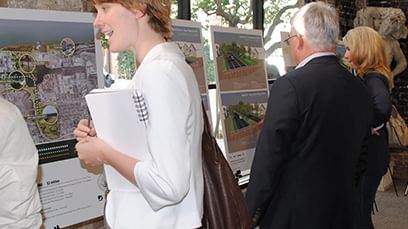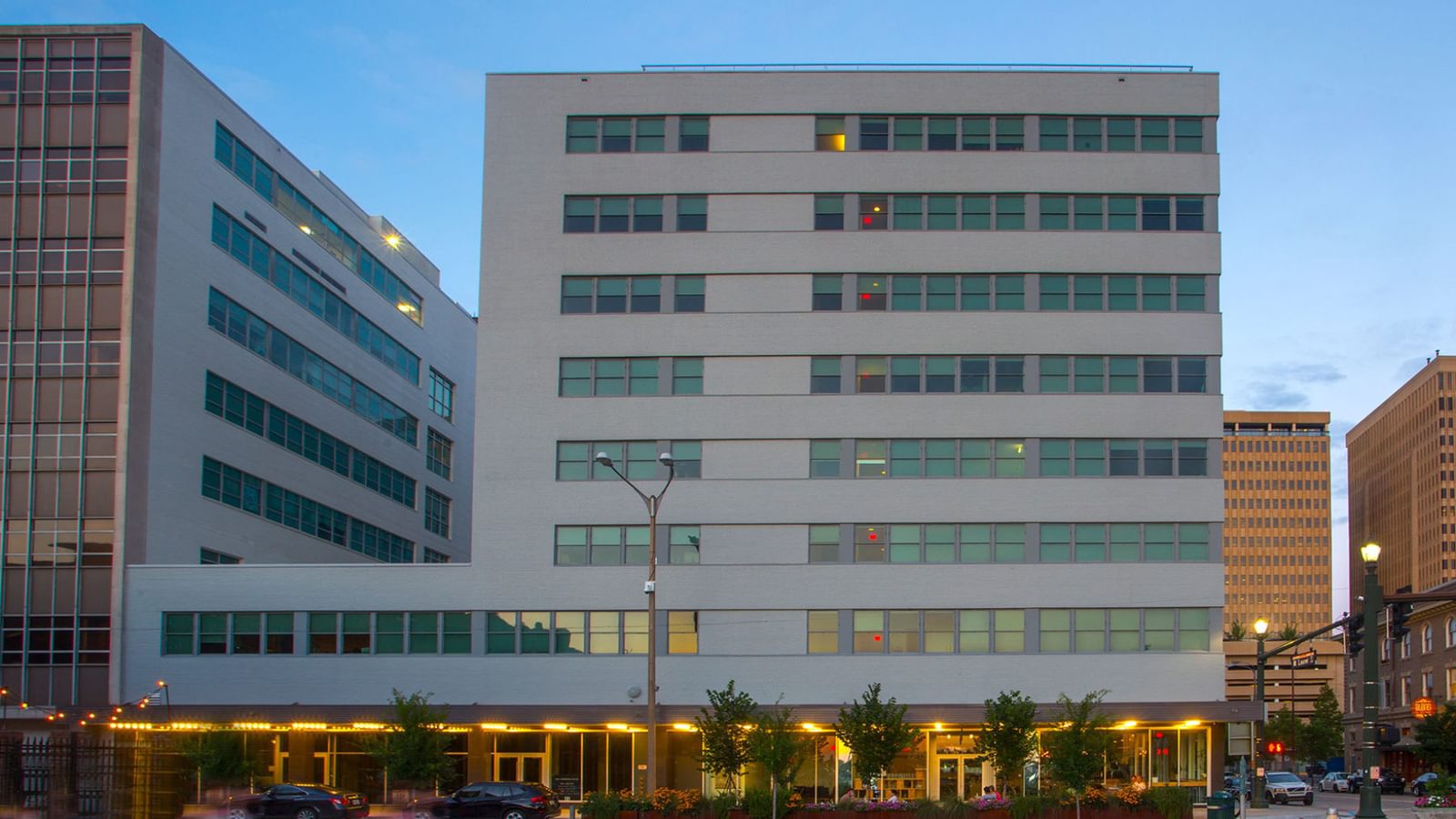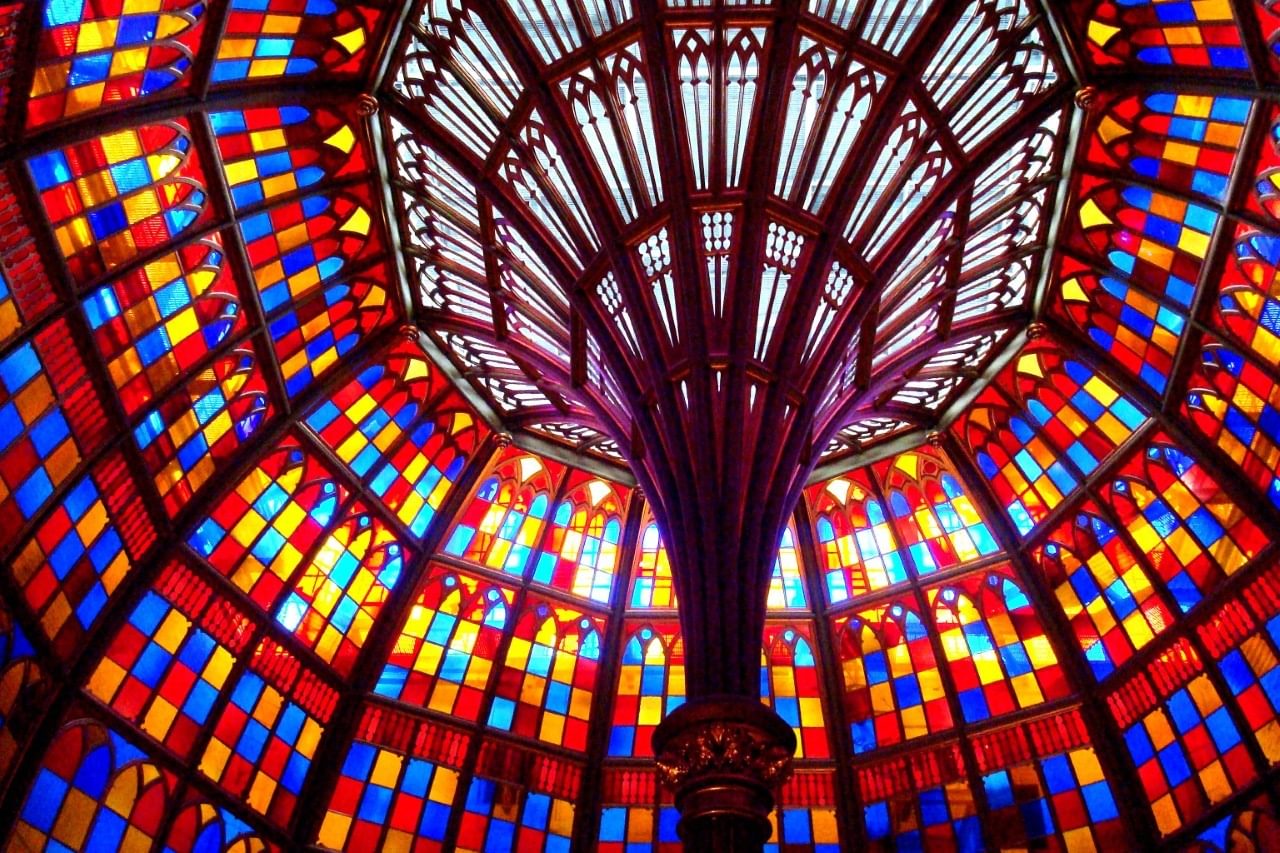
Setting A Solid Foundation
The Downtown Development District (DDD) launched many planning initiatives during the first 15 years of its existence, setting a tone for redevelopment that is evident throughout Downtown Baton Rouge today.
The early days of progress gave hope to many that better days were on the horizon. They also provided a solid foundation on which investments would build to create the thriving 24-hour city that we now call home.
Read an entire spread on the history of DDD in an excerpt from our recently updated 2023 Downtown Development Toolkit.
BATON ROUGE 2000
Recognizing that decades of sprawl had stifled growth and development in our city’s center, the City of Baton Rouge, in 1983, initiated the Baton Rouge 2000 plan. This plan established a blueprint for downtown’s revitalization and the creation of the Downtown Development District. In 1985, the Louisiana Legislature formally established the DDD, and the organization received its first funding in 1987 when the Baton Rouge 2000 Update, which served as its action plan, was complete. Since its inception, the DDD has helped bring millions of dollars in public and private investments to the city, and today it continues fulfilling its mission to “revitalize the downtown area as a major focal point of Baton Rouge’s identity.”
STATE GOVERNMENT CONSOLIDATION AT CAPITOL PARK
The Baton Rouge 2000 update proposed a visionary redevelopment plan for the area around the State Capitol. Authorized by Act 761 in the 1990 Louisiana Legislative Session, the Capitol Park Master Plan called for the consolidation of state offices that had been spread out all over the city. Today, Capitol Park includes the nation’s tallest State Capitol building, the historic Pentagon Barracks, and more than a dozen new buildings that emulate the Art Deco style of the Louisiana State Capitol. Nearly complete, this effort has brought more than 3,000 state workers to the Downtown area and resulted in the creation of more than 2 million square feet of new class “A” office buildings.
Capitol Park is more than just a consolidation of buildings. Through the Capitol Park Interpretive Plan, the area around the State Capitol has been transformed into a tourist-friendly campus of governmental buildings, cultural exhibits and educational activities.
PRESERVING OUR HISTORY & CULTURAL ASSETS
It was not long ago that many of our city’s oldest and most valued cultural treasures were mostly abandoned or in a state of disrepair. Baton Rouge has always been home to unique landmarks such as the Old Governor’s Mansion, the Old State Capitol, and the Old Arsenal Museum, but until the DDD began raising awareness about the effort to revitalize Downtown, these attractions were not recognized as invaluable cultural assets. For example, as recently as 1991, the Old State Capitol was closed to the public. Recognizing the irreplaceable value of Louisiana’s Old State Capitol, a Gothic architectural treasure that stands high on a bluff overlooking the Mississippi River in Downtown Baton Rouge, the DDD joined a group of state and community leaders in rescuing the historic building from demolition.
After decades of neglect, the Old State Capitol required massive reconstruction and has since undergone many changes. In April of 1994, the State completed the first phase of a multi-million dollar preservation project and the 150-year-old statehouse once again opened its doors under the auspices of the Secretary of State.
RESTORATION RENAISSANCE
Today, more and more Baton Rougeans are moving Downtown and choosing to live at the epicenter of the 24-hour city that is emerging. The DDD began generating this wave of new Downtown residents almost 30 years ago when it initiated the Restoration Renaissance program to promote the benefits of urban living and historic neighborhoods.
By raising awareness about available properties and tax credit incentives for residential restorations, the DDD’s Restoration Renaissance program helped to stabilize Baton Rouge’s oldest and most historic neighborhoods.
PREVENTING SURFACE LOTS AND DEMOLITION
It’s hard to believe, but it was not long ago that the heart of our city was characterized by gap-toothed streets and surface parking lots, rather than the renovated attractions and pedestrian-friendly streetscapes that bring thousands of visitors and residents Downtown today. This transformation is due in large part to a historic preservation demo ordinance that was championed by the Downtown Development District, Center for Planning Excellence, East Baton Rouge Planning Commission, and The Foundation for Historical Louisiana. The ordinance was adopted by the Baton Rouge Metro Council in 2004.
Recognizing that Downtown Baton Rouge was home to many historic structures that made up the urban fabric of our community, the aforementioned entities began calling for necessary changes to stop the steady demolition of historic properties to make way for surface parking lots. As a result, ordinances and zoning restrictions are now in place to preserve historic buildings and encourage new parking structures.
CAPITALIZING ON THE RIVERFRONT
Plans to capitalize on Downtown Baton Rouge’s greatest natural asset first came to life in 1990 with the creation of the Riverfront Development Plan. In addition to upgrades that were necessary to stabilize the levee, the plan proposed aesthetic improvements and other public and private projects that would allow the structure to be utilized in a completely different way. Using the natural terrain of the majestic river to create theater-style seating for more than 65,000 people, the Riverfront Development was greeted with great enthusiasm by the community when it opened in 1994, and annual events such as the Fourth of July Fireworks Celebration on the Levee have grown in attendance year after year. The overwhelming success of this development encouraged the DDD to explore further recreational, residential and commercial opportunities for the riverfront.
ENERGIZING BUSINESSES AND ENTERTAINMENT
The Downtown Baton Rouge Arts & Entertainment District was formed in 2008 to provide a means for growth and development through arts and entertainment related activities. The goal was to create a district that had a balance of arts and entertainment and a positive reflection of Baton Rouge.
Found in the heart of Downtown and highlighted by Third Street, the Arts and Entertainment District has galleries, shops, restaurants, nightlife, festivals, and free concert series, all within walking distance, contributing to an enjoyable downtown experience.
PLAN BATON ROUGE I AND PLAN BATON ROUGE II
The Plan Baton Rouge Master Plan continues to be a tremendous asset in the development of Downtown Baton Rouge after completion of over 80 percent of the recommended projects. These accomplishments can be seen throughout downtown and across its skyline. In 2009, Plan Baton Rouge Phase Two, an economically-based urban design vision and implementation plan for the next phase of development in Downtown Baton Rouge was unveiled. Plan Baton Rouge Phase Two builds upon the original Plan Baton Rouge with the overarching goal of making downtown a more vibrant place to live, work, shop, dine, learn and play. The plan recommends alternative development incentives to encourage investments that will support, enhance, and leverage new projects. It recommends specific residential, commercial, mixed-use, public space and infrastructure developments, including strategies for adding housing downtown, improving regional mobility and access, and “greening” downtown.


